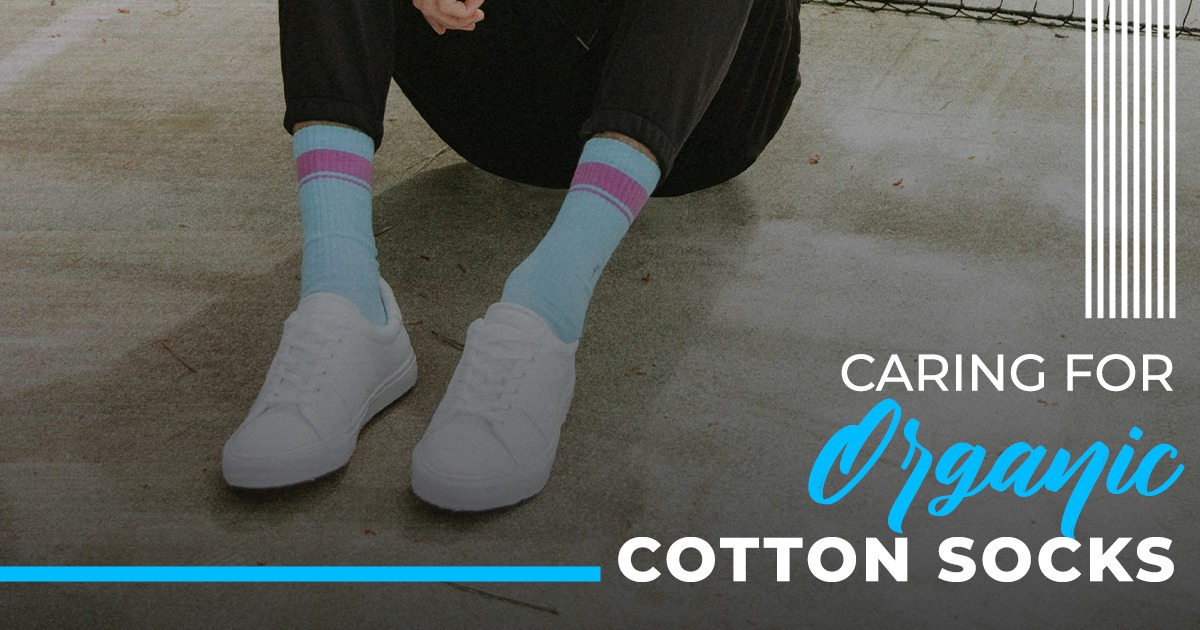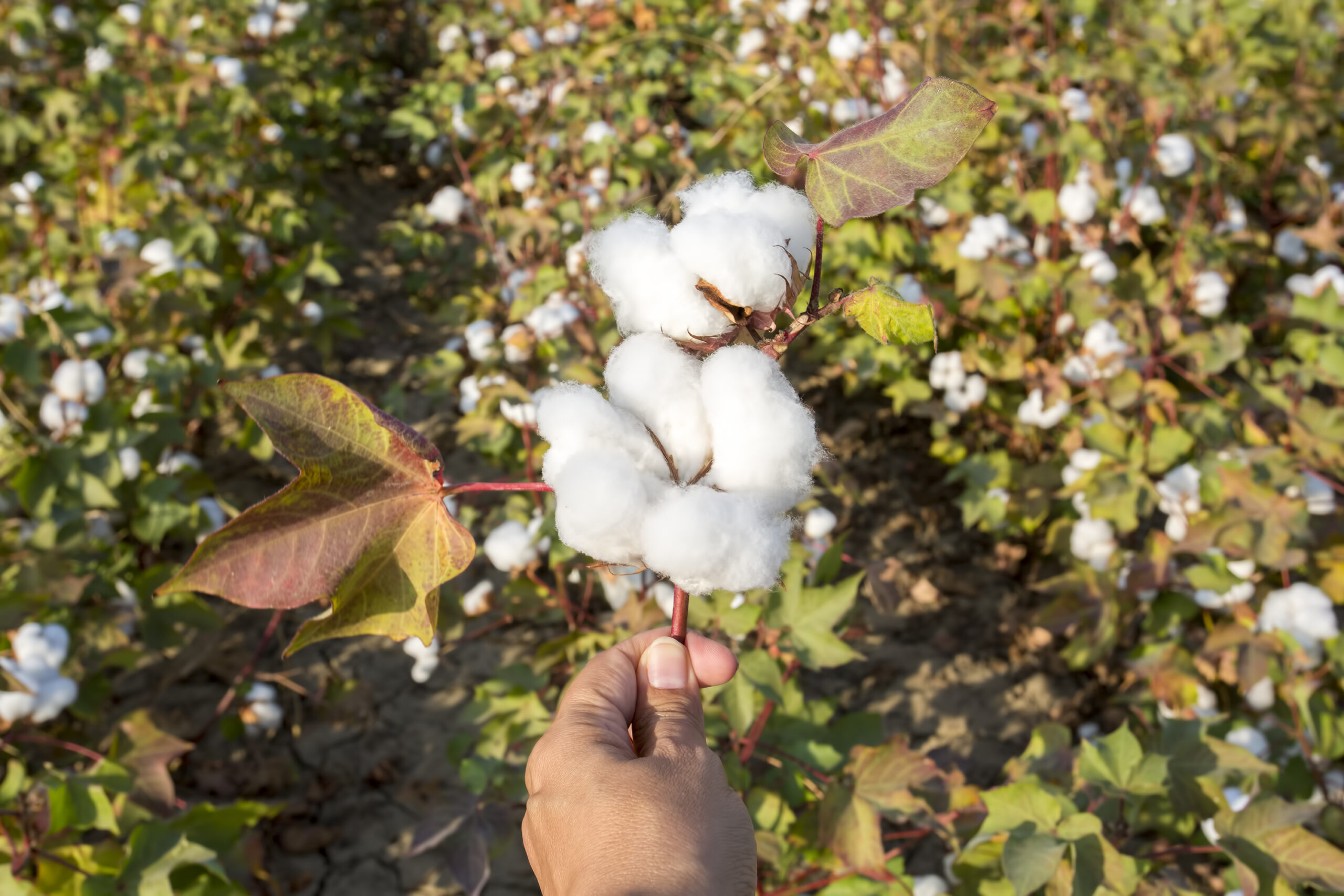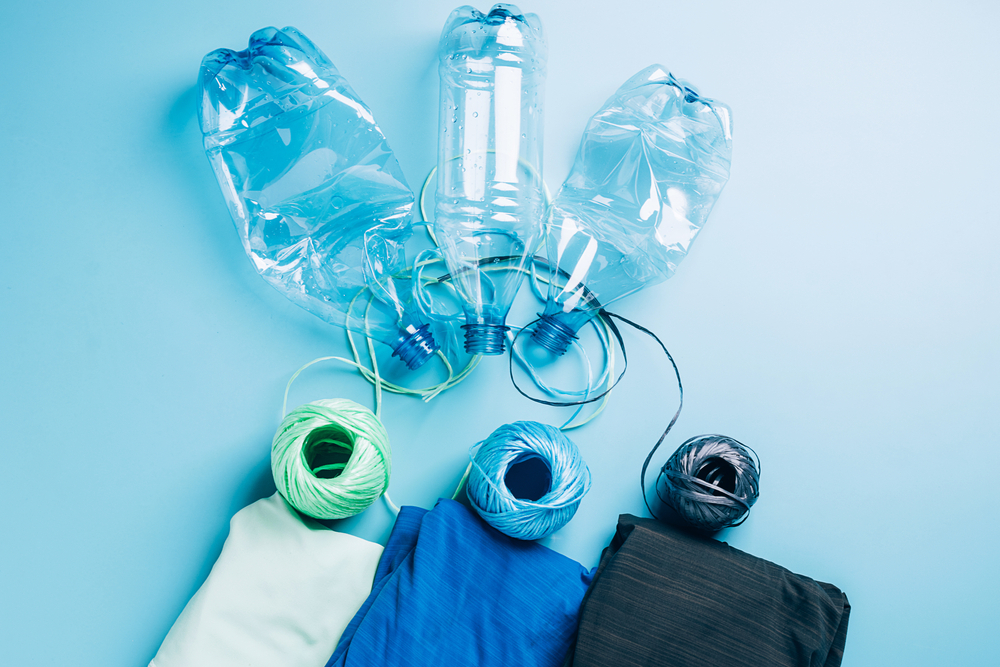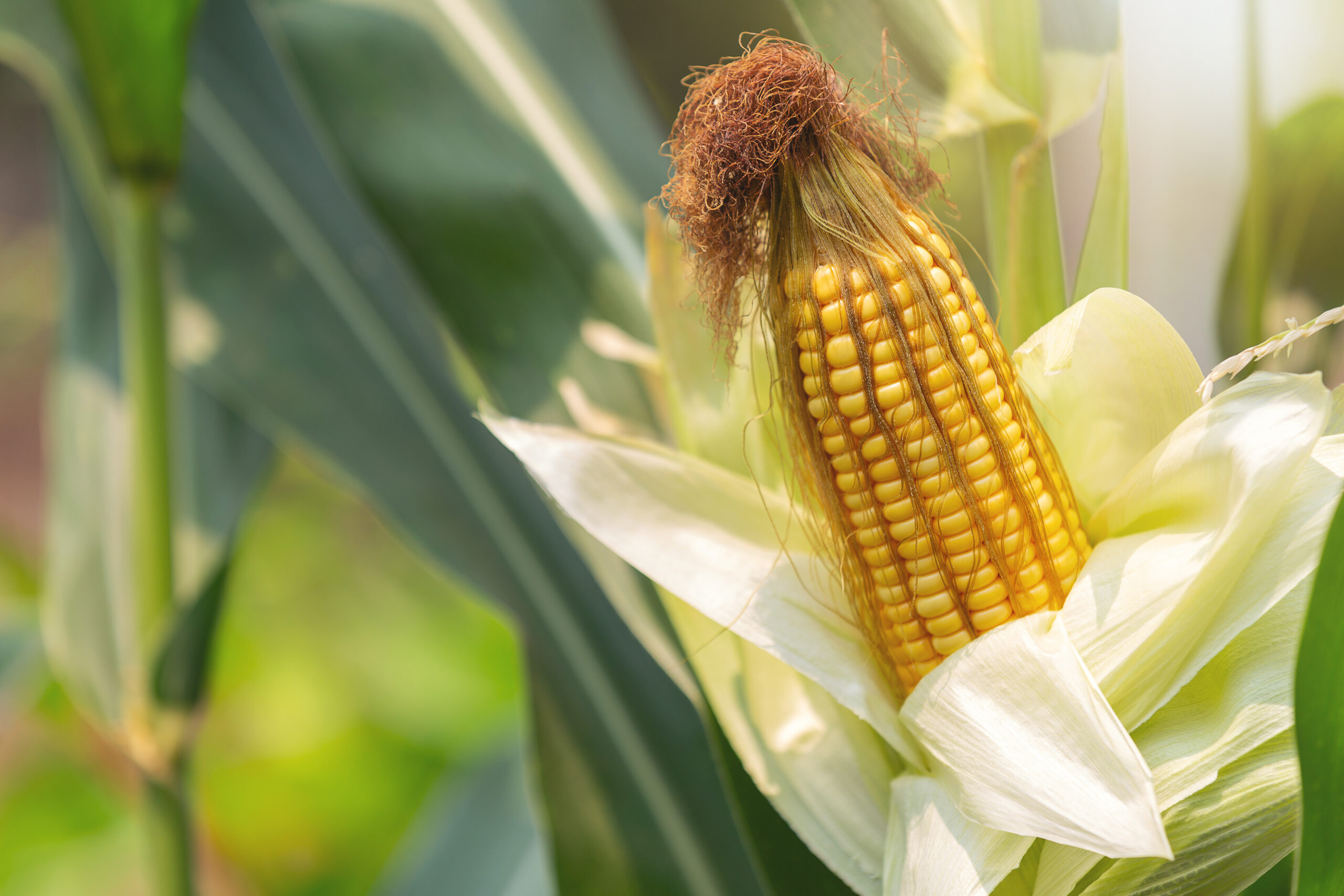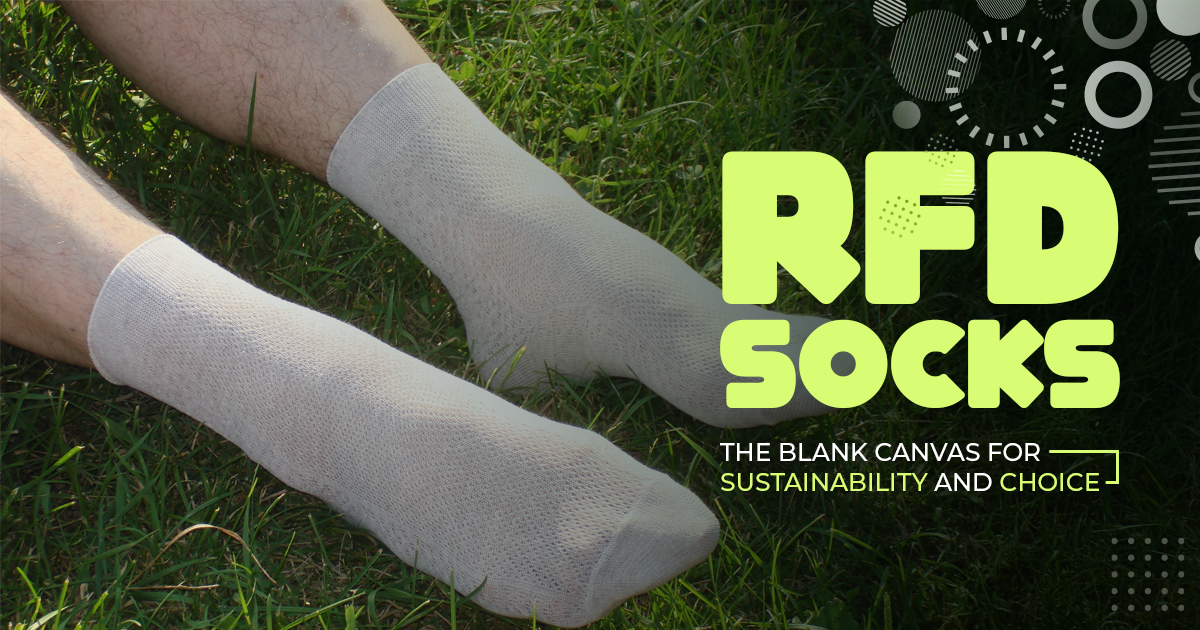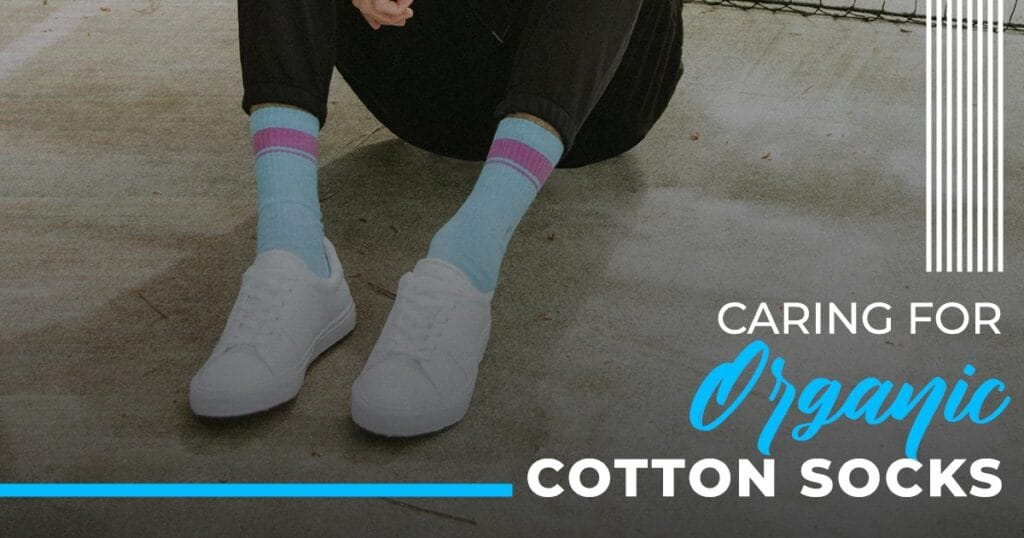
Modern marketing is centred around storytelling, engaging consumers, and educating them about the product—not just focusing on making a sale. This approach is equally important when it comes to selling socks.For retailers in the UK, providing customers with guidelines on how to care for these socks not only adds value but also sets your brand apart. Proper care can prolong the life of these garments, ensuring customers get the most out of their purchase. As a wholesale sock distributor, Texcyle is here to guide you on how to properly care for organic cotton socks, focusing on temperature, washing techniques, drying methods, and organisation.
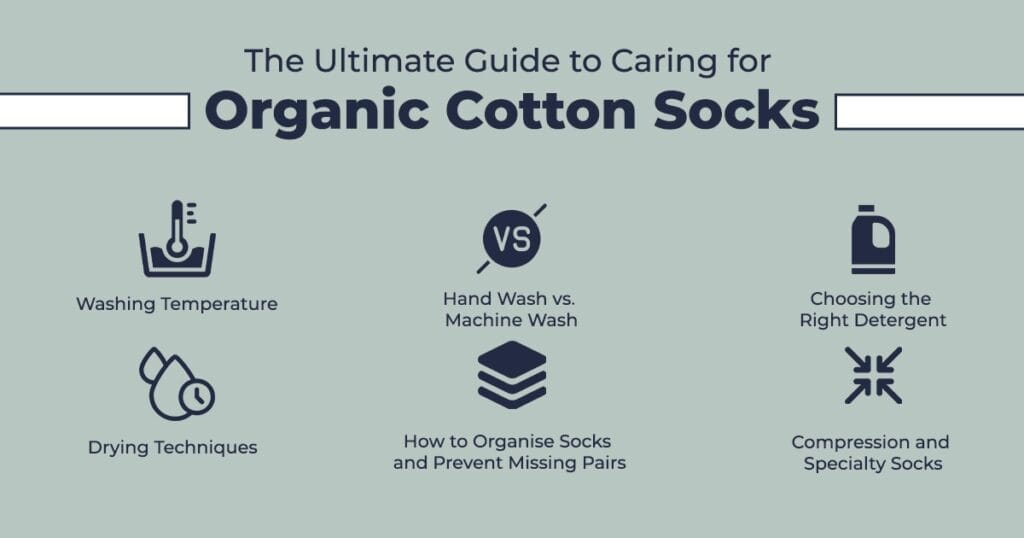
Washing Temperature: Gentle Care for Natural Fibres
Organic cotton is delicate compared to synthetic fabrics, so it’s important to wash these socks at the right temperature to maintain their softness and elasticity. Ideally, organic cotton socks should be washed in cold to lukewarm water—around 30°C to 40°C. Washing in hot water can shrink the fibres and weaken the natural elasticity, especially when paired with bio-elastane or recycled polyester, which are commonly used to add stretch and durability.
Encouraging your customers to wash at these cooler temperatures not only preserves the sock’s quality but also supports eco-friendly habits by reducing energy consumption.
Hand Wash vs. Machine Wash: Which is Better?
When it comes to washing organic cotton socks, hand washing is the gentlest option. It reduces wear and tear, prevents fabric distortion, and keeps the elastic intact. For a proper hand wash:
- Soak socks in lukewarm water mixed with a mild, eco-friendly detergent.
- Gently rub the fabric, paying close attention to stained or dirty areas.
- Rinse thoroughly and avoid wringing to prevent stretching.
However, machine washing can be convenient for many customers, especially if the socks are part of an active lifestyle. To maintain the longevity of the socks during machine wash:
- Use a Laundry Bag: Place the socks in a laundry bag to avoid them tangling with other clothes, which could stretch or distort the fabric. This is especially important for long socks like compression socks, as tangling can reduce their elasticity and compression benefits.
- Turn Socks Inside Out: Turning socks inside out protects the design and prevents pilling caused by friction with other garments. This also allows for a more thorough cleaning of the part of the sock that contacts the skin.
- Separate by Colour: Washing dark and light socks separately ensures that colors don’t bleed, particularly with organic dyes, which are used in sustainable socks.
Choosing the Right Detergent
Opting for a gentle, eco-friendly detergent is key to preserving the fibres of organic cotton. Harsh chemicals and bleach should be avoided, as they can break down natural fibres and affect the quality of the elastane or recycled polyester blended into the socks. Encourage your customers to choose detergents labelled as “delicate” or “for natural fibres.”
Drying Techniques: Air Dry for Longevity
Drying organic cotton socks requires just as much care as washing. High heat from tumble dryers can shrink the fabric and loosen the elastane, reducing the socks’ lifespan. Air drying is the preferred method:
- Lay socks flat to dry, avoiding direct sunlight, which can fade colours.
- For compression socks, air drying maintains the pressure and elasticity needed for their function.
If machine drying is necessary, use the lowest heat setting and limit the time to prevent fabric damage.
How to Organize and Prevent Missing Pairs
Losing socks is a common frustration, and offering tips to prevent this can add value to your customer’s experience. Suggest using laundry bags to keep pairs together during washing and drying. Additionally, they can roll or fold socks together before placing them in drawers to avoid mismatches.
Compression and Specialty Socks: Different Materials, Different Care
For retailers offering specialised socks, such as compression or performance socks made with recycled polyester or bio-elastane, it’s important to inform customers that these may require different care. Compression socks, for example, have precise pressure zones that need to be maintained:
- Avoid harsh scrubbing and wringing.
- Follow specific washing and drying instructions to retain their compression levels.
- Store them properly by folding or hanging to avoid losing elasticity.
The Durability of Texcyle’s Organic Cotton Socks
As a wholesale sock distributor,Texcyle’s organic cotton socks are designed with longevity in mind. Our fabrics, made from natural cotton, bio-elastane, and recycled polyester, are crafted to last longer while maintaining comfort and elasticity. Bio-elastane, a corn-based sustainable fibre, ensures that the socks maintain their stretch without loosening over time, even after multiple washes. Recycled polyester adds durability and resilience, so your customers can enjoy their socks for years to come.For retailers looking to add value to their organic cotton sock range, providing care instructions can make a big difference in customer satisfaction.Think of us as a partner in driving change—not just in sales, but also in engaging consumers and boosting repeat purchases, allowing you to capture their attention and loyalty.

